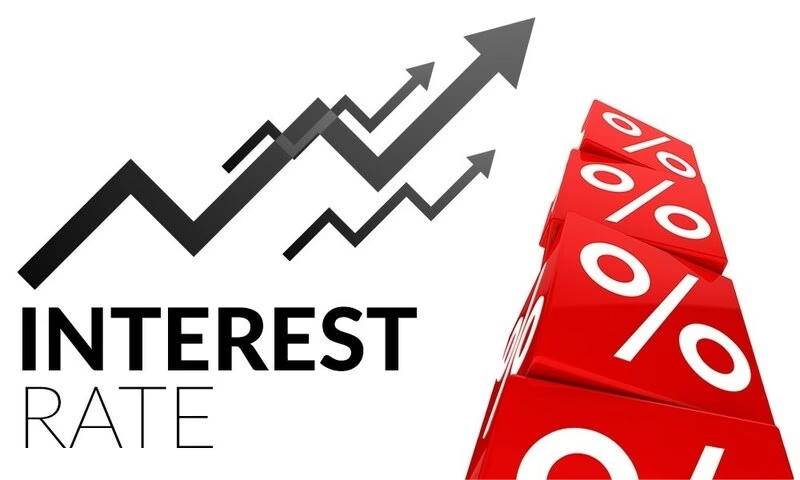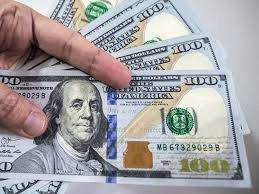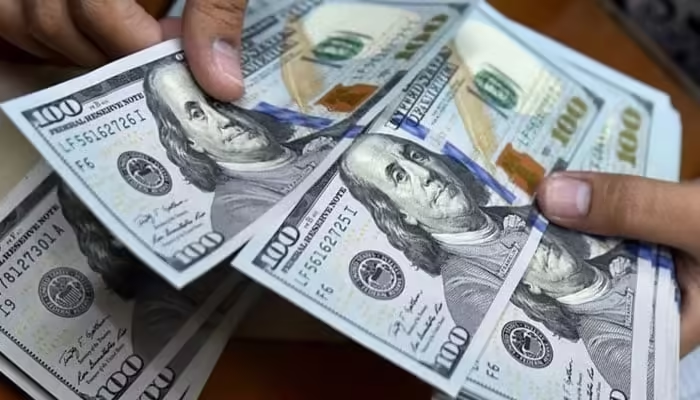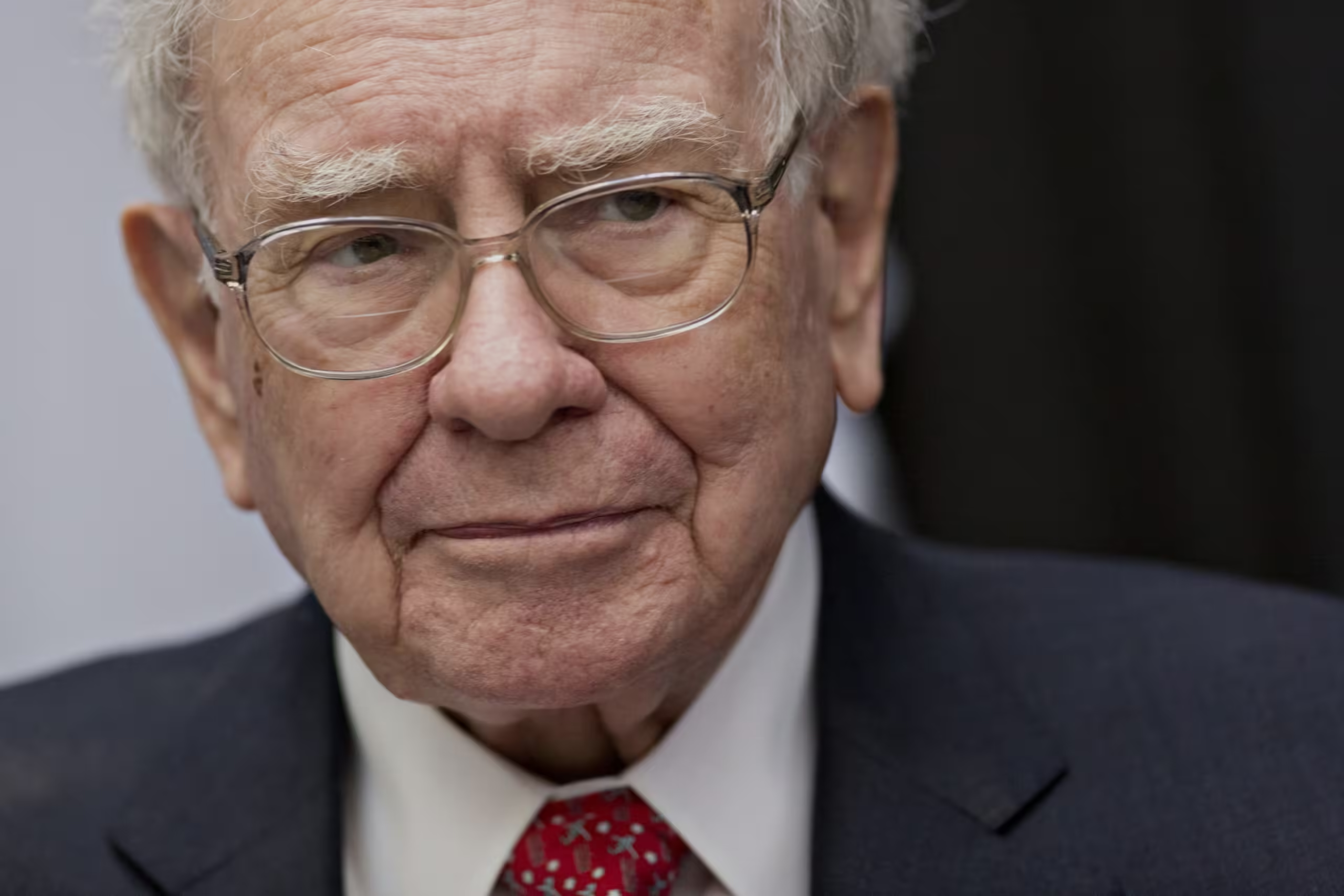As the State Bank of Pakistan’s Monetary Policy Committee (MPC) prepares to meet on July 30, business leaders across the country are raising alarms over the existential threat posed by the current monetary policy. With inflation down to 3.2%, Pakistan’s 11% interest rate results in a staggering real interest rate of 7.8%—the highest in the region—crippling industrial viability, suppressing investment, and stalling economic growth.
Demand for Drastic Rate Cut
The Export Promotion and Business Development (EPBD) body is urging the central bank to reduce the policy rate to 6% to revive industrial activity and restore competitiveness. A minor cut of 0.5%–1%, as widely expected, is seen as grossly insufficient to address the severity of the economic damage caused by prohibitively expensive capital.
Regional Disparity Highlights Pakistan’s Handicaps
- Pakistan: 11% policy rate; 12–14 cents/kWh energy cost
- India: ~6.5% policy rate; real rate 3.4%
- China: ~2.5% policy rate; real rate 1.4%
- Regional average: ~5.5% policy rate; 5–9 cents/kWh energy
These cost burdens make Pakistani manufacturing fundamentally uncompetitive. While India and Vietnam continue to increase their share in global exports, Pakistan’s export-to-GDP ratio has stagnated at 10.48%, versus India’s 21.85% and Vietnam’s staggering 87.18%.
Unemployment and Investment Collapse
With unemployment at 22%, Pakistan’s industries are unable to expand, invest, or generate jobs. The excessively high cost of borrowing discourages new projects, reduces operational capacity, and forces businesses to defer hiring. In contrast, India’s pro-business policy framework has kept its unemployment at 4.2% and supports 6.5% GDP growth—nearly double Pakistan’s projected 3.4%.
Fiscal Strategy Undermined by Tight Monetary Policy
While the government targets PKR 14.1 trillion in tax collection for FY26, up from PKR 11.9 trillion in FY25, high interest rates directly suppress business profitability, investment, and consumer spending—key tax revenue drivers. The monetary policy is at odds with fiscal needs, creating a revenue trap that ensures persistent budget shortfalls.
Moreover, 59% of Pakistan’s public debt is floating-rate, and the current high policy rate is consuming 46% of the federal budget in debt servicing. A reduction to 6% would deliver an estimated PKR 3 trillion in fiscal relief annually, freeing resources for development and social spending.
SBP’s Import Surge Justification Is Flawed
The State Bank has long argued that high rates are necessary to contain import-driven trade deficits. Yet historical evidence from 2017–18 and 2021–22 shows these deficits stemmed from external shocks—CPEC infrastructure, COVID-19 vaccines, and global energy price spikes—not domestic consumption patterns. High interest rates had no effect on structural or emergency imports, but severely damaged local production and export potential.
Artificial Stability Masks Economic Decay
Pakistan’s foreign reserves have grown from $9.06 billion (June 20) to $14.46 billion (July 18)—but this rise is purely due to $3.1 billion in commercial borrowing and $500 million in multilateral aid, not from export growth or economic activity. The illusion of stability belies the erosion of Pakistan’s real economy.
The Path Forward: A 6% Policy Rate
A decisive reduction to 6% is essential to:
- Revive industrial expansion
- Stimulate job creation
- Enhance export competitiveness
- Relieve fiscal pressures
- Attract private investment
Countries like India and China demonstrate that accommodative monetary policy supports robust economic growth without triggering instability. Pakistan must adopt a similarly pragmatic approach or continue down a path of deindustrialization and economic stagnation.
Conclusion: A Critical Policy Moment
The July 30 MPC decision will reveal whether Pakistan’s leadership prioritizes long-term economic health or continues with policies that cripple business and stifle growth. A failure to act decisively would reinforce a cycle of unemployment, low revenues, and lost global competitiveness.
Pakistan’s economic revival depends on recognizing that viable businesses are the foundation of national strength. The choice is clear—and the clock is ticking.



